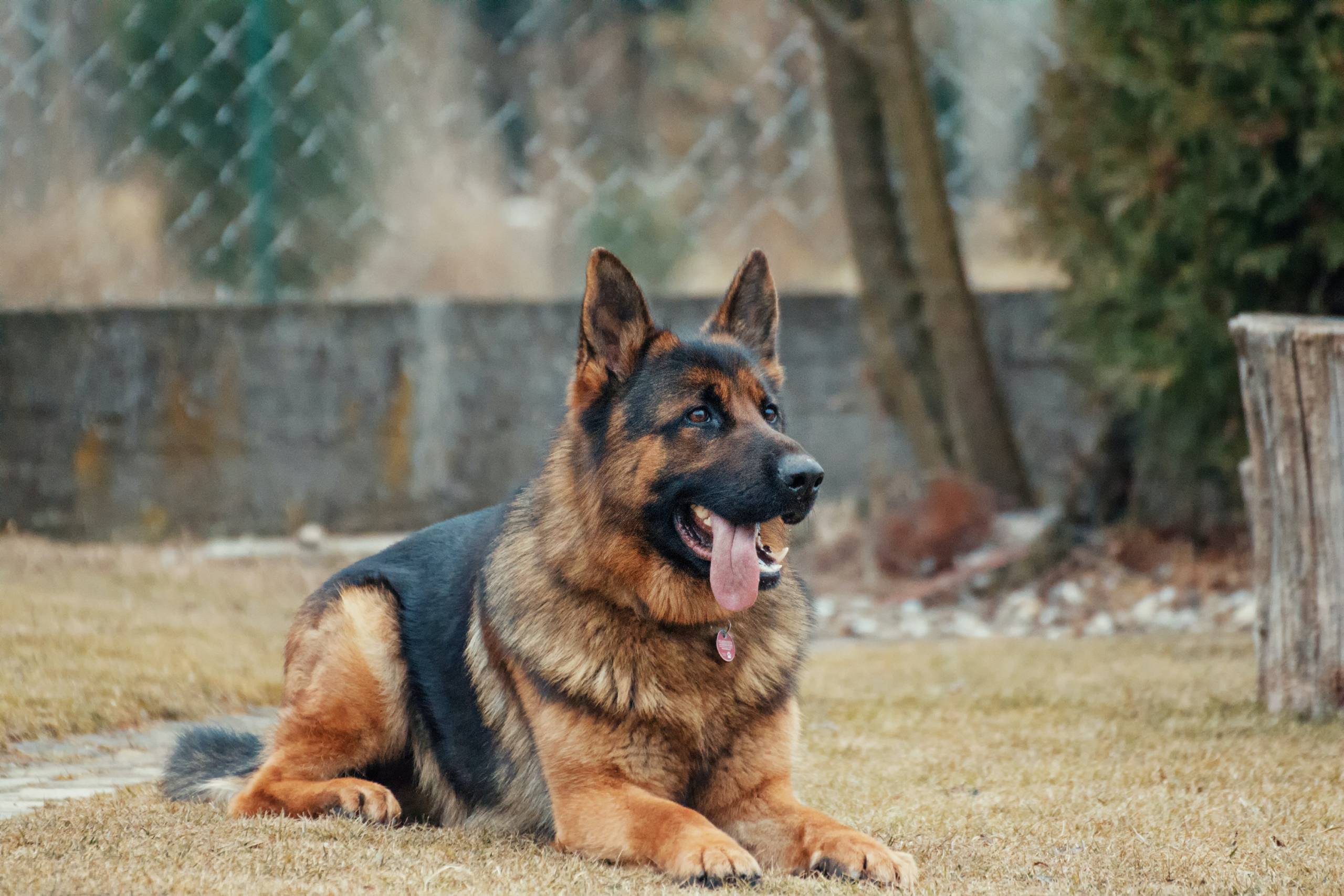What Bones Can Dogs Eat?
Post Date:
December 10, 2024
(Date Last Modified: November 13, 2025)
Many dog owners consider offering bones for chewing or feeding, and understanding which types present lower versus higher risks helps with safer choices and supervision.
Types of Bones Dogs Encounter
Dogs may find bones in several broad categories that affect risk and handling: raw versus cooked, weight-bearing (dense) versus non-weight-bearing (porous), and whole bones versus marrow or rib/wing fragments. Small poultry bones such as chicken wing bones are often under 1 inch (2.5 cm) and can be swallowed or lodge in the esophagus, which increases the likelihood of obstruction or perforation[1].
| Bone category | Typical texture | Common risk | Typical use |
|---|---|---|---|
| Raw non-weight-bearing (ribs, small poultry) | More porous, easier to chew | Choking, fragmenting | Occasional chew under supervision |
| Raw weight-bearing (knuckle, shank) | Dense cortical bone | Dental fractures if very hard; lower splinter risk | Longer-lasting chew if sized properly |
| Cooked bones (any species) | Brittle, prone to splintering | High risk of sharp fragments and GI injury | Not recommended |
Raw Bones Generally Considered Safe
Many veterinarians and nutrition professionals prefer certain raw bones because raw bone tends to flex rather than shatter, and it retains marrow and collagen that provide calories and micronutrients. Examples often cited for compatible raw options include raw beef knuckle, raw lamb shank, and large raw marrow bones that are sized to the dog.
For medium-sized dogs, practitioners commonly recommend marrow or knuckle bones that are at least 3 to 4 inches (7.5–10 cm) long to reduce the risk the bone can be picked up whole or swallowed; owners should select bones that match the dog’s chewing style and jaw strength[2].
Size and shape matters: round marrow bones allow the tooth surface to contact the bone evenly, while thin flat bones are more likely to break into sharp shards under stress.
Bones to Avoid (High Risk)
Cooked bones of any species become brittle and are much more likely to splinter into sharp fragments that can penetrate the oral mucosa or GI tract; owners should not feed cooked table bones or bones from roasted meats. Processed smoked or brittle chews can also fracture unpredictably and are commonly implicated in emergency presentations.
Tiny bones such as fish bones or small poultry bones are swallowable and present choking or perforation risk; in addition, certain treats like pig ears are high in fat and can contribute to acute pancreatitis or high-calorie intake, with some pig ear products containing fat percentages that exceed 20% by weight depending on processing and dehydration[3].
Sizing and Shape Guidelines by Dog Size
A practical safety principle is that a bone should be larger than the dog’s muzzle so the pet cannot fully enclose it in the mouth or swallow it whole. As a rough sizing guideline, avoid offering bones under 2 inches (5 cm) to toy breeds and prefer bones over 6 inches (15 cm) for very large, powerful chewers; these ranges help reduce the chance of accidental ingestion of large fragments[4].
Shape risks: thin flat bones and sharp-edged fragments carry higher perforation risk, while round marrow bones and thick knuckles distribute chewing stresses more evenly. Breed-specific considerations matter — brachycephalic breeds with wide, short muzzles and some terrier types with aggressive fracture chewing require extra caution or avoidance.
Nutritional Benefits and Dietary Impacts
Bones provide several nutrients: calcium and phosphorus in bioavailable mineral form, fat-rich marrow that supplies energy, and connective tissue components such as collagen that some owners value for joint or coat support. These can complement a balanced feeding plan when used in moderation.
Marrow is calorie-dense; for example, 1 ounce (28 g) of bone marrow can contain roughly 200 to 250 kcal, so adding marrow-rich bones frequently can substantially increase daily caloric intake and raise the risk of pancreatitis in predisposed dogs[3].
Because bones provide concentrated calcium and phosphorus, feeding large amounts without accounting for the total diet can push mineral ratios outside recommended ranges for growing animals or those on formulated diets; professionals advise considering the total diet when adding bone-derived minerals or consulting a nutritionist for long-term supplementation.
Acute and Chronic Health Risks
Bones can cause immediate problems such as choking, oral lacerations, and gastrointestinal perforation or obstruction; owners should consider that clinical signs of obstruction or perforation may emerge within hours to days after ingestion and require prompt veterinary assessment.
Dental fractures are a common sequela of especially hard bones and can lead to pain or tooth root issues; studies and clinical reports list dental cracks and broken teeth among the most frequent bone-associated injuries seen by clinicians.
Long-term impacts can include chronic constipation after ingesting indigestible fragments, repeated episodes of GI upset from frequent fatty marrow, and potential mineral imbalances if bone feeding is excessive.
Safe Handling, Preparation, and Storage
To minimize bacterial hazards, handle raw bones with the same food-safety practices used for raw meat: keep bones refrigerated or frozen until use, thaw in the refrigerator rather than at room temperature, and discard bones that develop off odors or sliminess. Prepare only plain raw bones without marinades, spices, or sauces that introduce added risks.
Portioning guidance: cut or select bones that leave no small, swallowable fragments; discard ends or sharp edges after initial heavy chewing. Dispose of chewed bones promptly in secured refuse — partially eaten bones in outdoor bins can attract scavengers and present hazards for curious pets.
Supervision and What to Watch For
Active supervision is recommended whenever a dog is given a real bone; if left unattended, an otherwise safe bone can be manipulated into a dangerous shape or broken into hazardous fragments. Watch for signs of trouble such as persistent coughing, gagging, repeated retching, vomiting, fresh blood in saliva or stool, abdominal pain on palpation, or marked lethargy.
If a dog shows signs of airway compromise or is choking, immediate appropriate first aid (attempt to clear the airway only if trained) and emergency veterinary care are required; for non‑airway symptoms that suggest obstruction or perforation, seek veterinary evaluation promptly — many emergency clinics advise assessment within 24 hours of concerning signs to reduce risk of complications[5].
If dehydration becomes apparent, clinicians use intravenous or subcutaneous fluid plans; maintenance fluid rates commonly used in veterinary practice are on the order of 60 mL/kg/day for many adult dogs in normal maintenance situations, with adjustments for the clinical picture[2].
Special Considerations: Age, Health, and Breed
Puppies have developing teeth and open growth plates; extra-small pieces of bone or dense weight-bearing pieces can risk growth-plate injury or intestinal obstruction, so many clinicians recommend against routine whole bones for young, growing dogs. Senior dogs with periodontal disease or brittle teeth are also at higher risk of dental fracture.
Dogs with a history of pancreatitis, certain gastrointestinal disorders, clotting problems, or immunosuppression should generally avoid fatty marrow-rich bones and raw items unless a veterinarian approves them within an individualized plan.
Safer Alternatives to Real Bones
- Durable synthetic chews and rubber toys that match chewing intensity and are labeled for the dog’s weight
- Frozen food puzzles or frozen Kong-style toys filled with balanced wet food or yogurt-style canine products to slow consumption
- Veterinary dental diets, dental sticks designed for plaque control, and enzymatic dental chews selected for size and hardness
When choosing alternatives, match toy and chew durability to the dog’s bite force; very hard synthetic chews may still risk tooth fracture for aggressive chewers, so consult product safety information and choose appropriately sized items.
How to Introduce Bones into Your Dog’s Routine
Introduce any new chew gradually: start with brief supervised sessions of 10 to 15 minutes and observe the dog’s chewing pattern, behavior, and stool quality for several days. Track frequency and portion control; many owners limit marrow or real-bone sessions to once or twice weekly and rotate safer alternatives on other days.
Keep a simple record of which type of bone or chew was offered, the duration of the session, and any subsequent signs such as changes in appetite, stool consistency, vomiting, or dental issues — such notes assist your veterinarian if a problem develops and help you decide whether to continue a given item.
Sources
- vca.com — VCA Veterinary Hospitals
- merckvetmanual.com — Merck Veterinary Manual
- usda.gov — U.S. Department of Agriculture nutrient and food-safety data
- avma.org — American Veterinary Medical Association
- aaha.org — American Animal Hospital Association






